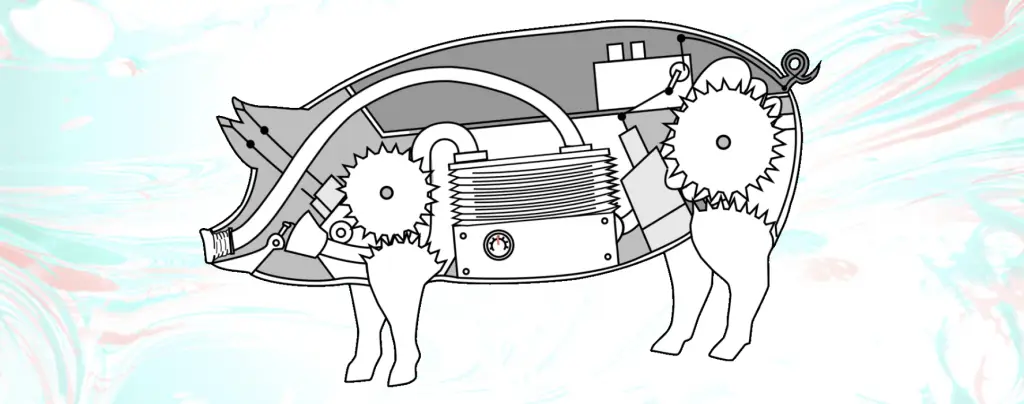Vol 01/Issue 01
Editorial: Building a Home for Advanced Interactive Scholarship
It has been quite a journey from the first idea for this journal to the first issue of the Journal of Interactive Narrative, which you are reading now. In 2018, I presented a paper at ICIDS (International Conference for Interactive Digital Storytelling), reflecting on the status of the study of Interactive Digital Narratives as a discipline (Koenitz, 2018). I concluded that much progress had been made since the first doctoral thesis on the topic (Buckles, 1985), yet a journal dedicated to the topic was a key missing element. ARDIN, the Association for Research in Digital Interactive Narratives (https://ardin.online), had just been founded, and I saw one of the future roles of ARDIN in the publication of a journal. More than five years later, I am overjoyed that this vision has been fulfilled.
Figurski at Findhorn on Acid

Join Our Network
Subscribe for Free
- The Latest Table of Contents
- The Newest Interactive Narrative Works
- When New Articles are Published Online
- Associated Conference Announcements
Open Access Diamond
In this model, there are no fees to process articles and contents can be accessed at no cost on the journal’s website. Diamond Open Access articles are licensed under Creative Commons Licenses (CC) (see the copyright notice below for details), which means they can be freely distributed and shared so that other people can build their work based on them.
Published in Collaboration with ETC Press
The Journal of Interactive is printed on-demand by ETC Press, an academic, open-source, multimedia, publishing imprint affiliated with Carnegie Mellon University (CMU). Editorial Services provided by Brad King.
Copyright Notice
Journal of Interactive Narrative publications are covered by a Creative Commons Attribution-NonCommercial-NoDerivs 2.5 Generic License. This means that you are free to share these works as long as you give appropriate credit, do not use them for commercial purposes, and do not create derivative works. Please note that images, videos, audio files, and interactive works featured in articles are owned by their respective copyright holders. They are not included under the Creative Commons license. Accessing or using these works does not grant you any rights to them, and you cannot assume any ownership or rights to commercially use or modify these works. The owners retain all rights to their content. For more details on the copyright rules applicable to authors contributing to the Journal of Interactive Narrative, you can access the full copyright agreement here.
Table of Contents
Editorial: Building a Home for Advanced Interactive Scholarship
Hartmut Koenitz
The Importance of Representative Likeness: Why we Should Represent IDN with Interaction
Hartmut Koenitz and Joshua A. Fisher
The Role of Voice in Virtual Reality Interactive Narratives
Jonathan Barbara and Mads Haahr
A Serious Game Exploring Diversity of Perspectives in Citizenship Education
Erik Blokland, Caroline Cullinan, Doreen Mulder, Willie Overman, Marin Visscher, Amir Zaidi, Mijael Bueno and Rafael Bidarra
Teaching Virtual Reality Interactive Digital Narratives: A Curriculum and Case Study
Joshua A. Fisher and Janíce Tisha Samuels.
Emergent Gameplay, Emergent Essaying
Kirsty Dunlop


